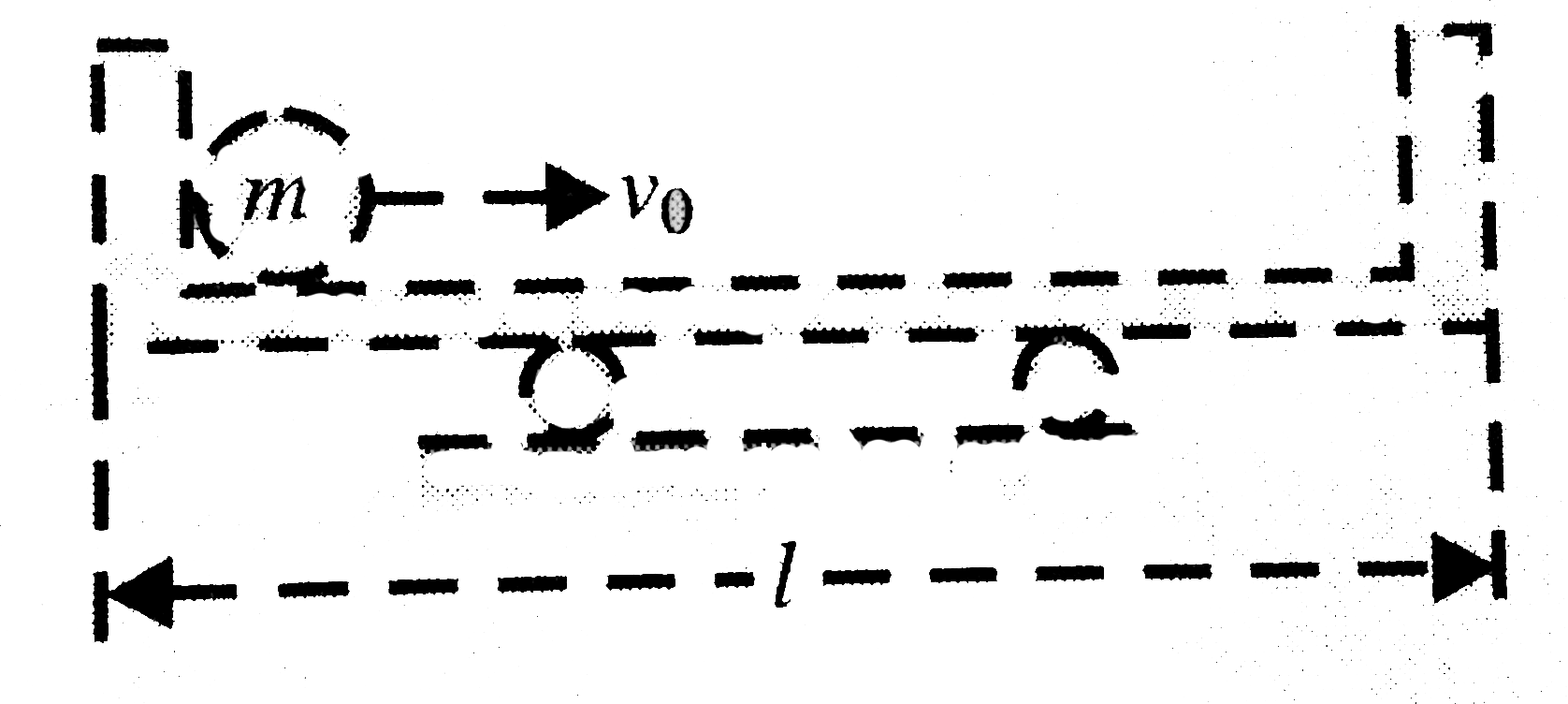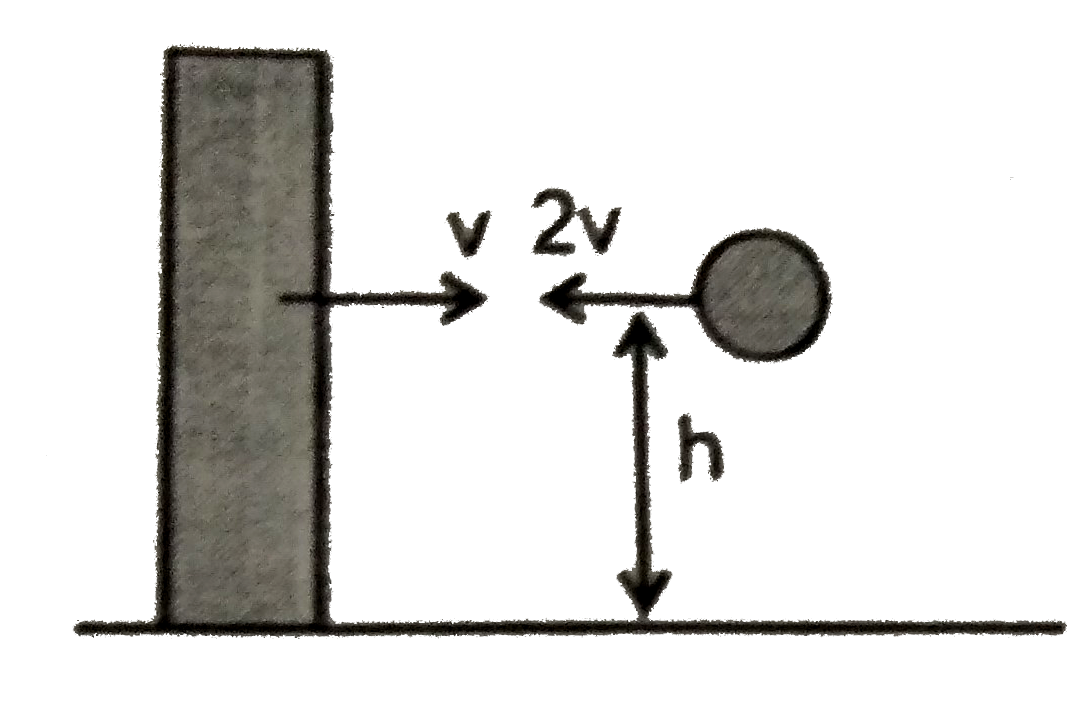A ball is moved on a horizontal table with some velocity. The ball stops after moving some distance. Which external force is responsible for the change in the momentum of the ball?
To solve the problem, we need to identify the external force that causes the change in momentum of the ball as it moves on a horizontal table and eventually stops. Here’s a step-by-step breakdown:
Step 1: Understand Momentum
Momentum (p) is defined as the product of mass (m) and velocity (v) of an object. Mathematically, it is expressed as:
p=m⋅v
Step 2: Identify the Change in Momentum
The problem states that the ball is moving with some velocity and then stops after covering a distance. This indicates that there is a change in momentum, which occurs when the velocity of the ball decreases from its initial value to zero.
Step 3: Recognize the Role of External Forces
According to the principle of conservation of momentum, if no external force acts on a system, the momentum of that system remains constant. However, since the ball is coming to a stop, it implies that an external force must be acting on it to change its momentum.
Step 4: Determine the External Force Acting on the Ball
As the ball moves across the table, the force that opposes its motion is the frictional force. Friction acts in the opposite direction to the motion of the ball, which is responsible for reducing its velocity.
Step 5: Conclusion
Thus, the external force responsible for the change in momentum of the ball is the frictional force acting in the opposite direction to the motion of the ball.
Final Answer
The external force responsible for the change in momentum of the ball is the frictional force.
---
Momentum (p) is defined as the product of mass (m) and velocity (v) of an object. Mathematically, it is expressed as:
p=m⋅v
The problem states that the ball is moving with some velocity and then stops after covering a distance. This indicates that there is a change in momentum, which occurs when the velocity of the ball decreases from its initial value to zero.
According to the principle of conservation of momentum, if no external force acts on a system, the momentum of that system remains constant. However, since the ball is coming to a stop, it implies that an external force must be acting on it to change its momentum.
As the ball moves across the table, the force that opposes its motion is the frictional force. Friction acts in the opposite direction to the motion of the ball, which is responsible for reducing its velocity.
Thus, the external force responsible for the change in momentum of the ball is the frictional force acting in the opposite direction to the motion of the ball.
The external force responsible for the change in momentum of the ball is the frictional force.
Topper's Solved these Questions
- CENTRE OF MASS, LINEAR MOMENTUM, COLLISIONBOOK - HC VERMA ENGLISHCHAPTER - CENTRE OF MASS, LINEAR MOMENTUM, COLLISIONEXERCISE - Objective -2
11 Videos
- CENTRE OF MASS, LINEAR MOMENTUM, COLLISIONBOOK - HC VERMA ENGLISHCHAPTER - CENTRE OF MASS, LINEAR MOMENTUM, COLLISIONEXERCISE - Exercises
64 Videos
- CALORIMETRYBOOK - HC VERMA ENGLISHCHAPTER - CALORIMETRYEXERCISE - Short answer
9 Videos
- CIRCULAR MOTIONBOOK - HC VERMA ENGLISHCHAPTER - CIRCULAR MOTIONEXERCISE - Question for short Answer
10 Videos
Similar Questions
Consider the situation of the previous problem. Take the table and the ball as a system friction is then an internal force. As the ball slows down the momentum of the system decreases. Which external force is responsible for this change in the momentum?
View SolutionA ball moving on a table top eventually stops. Explain the reason.
View SolutionA ball is given a speed v on a rough horizontal surface. The ball travels through a distance l on the surface and stops. A. What are the initial and final kinetic energies of the ball? b. What is the work done by the kinetic friction?
View SolutionA ball is projected horizontal from the top of a tower with a velocity v0. It will be moving at an angle of 60∘ with the horizontal after time.
View SolutionA ball moves on a frictionless inclined table without slipping. The work done by the surface on the ball is :
View SolutionA boy throws a ball with a velocity of 15 m/s at an angle of 15° with the horizontal. The distance at which the ball strikes the ground is
View SolutionA ball of mass m is pushed with a horizontal velocity v0 from one end of a sledge of mass M and length l. if the ball stops after is first collision with the sledge, find the speeds of the ball ad sledge after the second collision of the ball with the sledge.

View SolutionA ball of 0.20kg hits a wall at an angle of 45∘ with a velocity of 25ms−1. If the rebounds at 90∘ to the direction of incidence, calculate the change in momentum of the ball.
View SolutionA ball collides elastically with a massive wall moving towards it with a velocity of v as shown. The collision occurs at a height of h above ground level and the velocity of the ball just before collision is 2v in horizontal direction. The distance between the foot of the wall and the point on the ground where the ball lands, at the instant the ball lands, will be :

View SolutionA ball of mass 50 g moving at a speed of 2.0 m/s strikes a plane surface at an angle of incidence 450. The ball is reflected by the plane at an equal angle of reflection with the same speed. Calculate (a). the magnitude of the change in momentum of the ball (b). the change in the magnitude of the mometum of the ball.
View Solution
